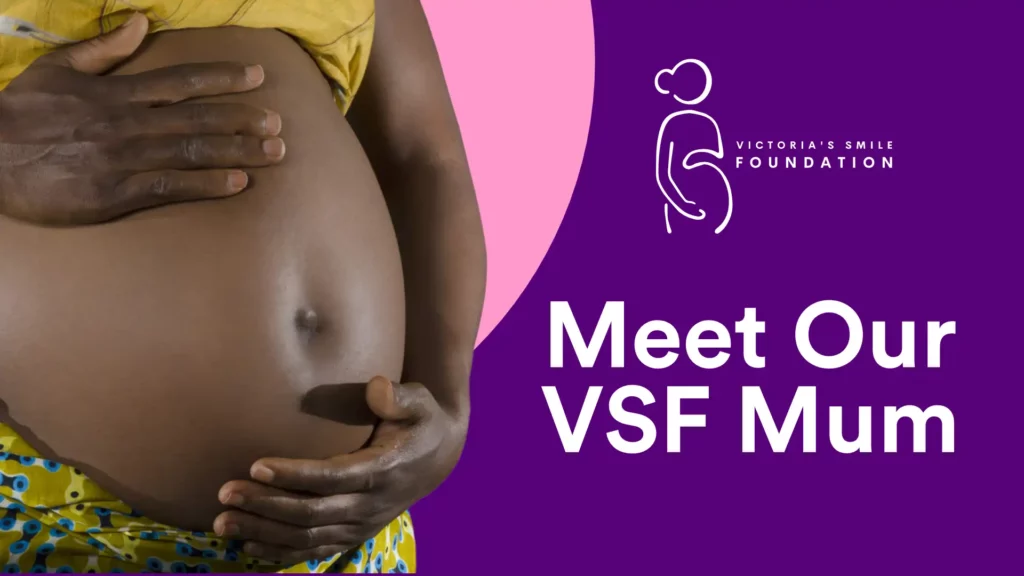Greetings, lovely readers!Today, we embark on an exploration of an important and fascinating topic: Preterm Labor. Preterm labor refers to the occurrence of regular contractions that lead to the opening of the cervix after the 20th week but before the 37th week of pregnancy. It’s crucial to recognize that preterm labor can result in premature birth, and the earlier it happens, the greater the health risks for your precious little one. Many premature babies, affectionately known as preemies, often require specialized care in the neonatal intensive care unit and may face long-term mental and physical challenges. The specific causes of preterm labor often remain elusive. While certain risk factors may elevate the likelihood of preterm labor, it’s worth noting that it can also occur in pregnant women with no known risk factors. Now, let’s delve into the telltale signs and symptoms of preterm labor, which include: Regular or frequent sensations of abdominal tightening (contractions). Persistent, low-grade backache. A sensation of pressure in the pelvic or lower abdominal area. Mild abdominal cramps. Vaginal spotting or light bleeding. Preterm rupture of membranes – characterized by a gush or a continuous trickle of fluid following the rupture or tearing of the membrane surrounding the baby. When should you seek the guidance of a healthcare professional? If you experience any of these signs or symptoms or harbor concerns about what you’re experiencing, it’s imperative to contact your healthcare provider without delay. Now, let’s shift our focus to the risk factors associated with preterm labor. While preterm labor can impact any pregnancy, several factors are linked to an increased risk, including: A history of previous preterm labor or premature birth, especially in the most recent pregnancy or in multiple prior pregnancies. Carrying twins, triplets, or other multiples. A shortened cervix. Uterine or placental issues. Smoking or using illicit drugs during pregnancy. Specific infections, particularly affecting the amniotic fluid and lower genital tract. Chronic conditions such as high blood pressure, diabetes, autoimmune diseases, and depression. Enduring stressful life events, such as the loss of a loved one. Excessive amniotic fluid (polyhydramnios). Vaginal bleeding during pregnancy. The presence of a fetal birth defect. Short intervals between pregnancies (less than 12 months) or long intervals (more than 59 months). Maternal age, both younger and older. Black, non-Hispanic race and ethnicity. While preventing preterm labor entirely may not always be within your control, there are proactive steps you can take to promote a healthy, full-term pregnancy: Prioritise regular prenatal care: Consistent prenatal visits enable your healthcare provider to monitor your well-being and your baby’s development closely. Don’t hesitate to share any concerns, especially if you have a history of preterm labor. Adopt a balanced diet: Good nutrition plays a pivotal role in ensuring a healthy pregnancy. Research suggests that a diet rich in polyunsaturated fatty acids (PUFAs), found in nuts, seeds, fish, and seed oils, may reduce the risk of premature birth. Steer clear of harmful substances: Quit smoking if you smoke and avoid illicit drugs at all costs. Mindful pregnancy spacing: Some research suggests that pregnancies spaced too closely together (less than six months apart) or too far apart (more than 59 months) may increase the risk of preterm birth. It’s advisable to consult your healthcare provider about appropriate pregnancy spacing. Exercise caution with assisted reproductive technology (ART): If you’re considering ART to conceive, think carefully about the number of embryos to be transferred, as multiple pregnancies carry a higher risk of preterm labor. Manage chronic conditions: Certain conditions such as diabetes, high blood pressure, and obesity can heighten the risk of preterm labor. Collaborate closely with your healthcare provider to effectively manage these chronic conditions. As we draw the curtain on this chapter, I invite you to join us next time for another enlightening discussion. Until then, take good care of yourselves and stay in the best of health.




